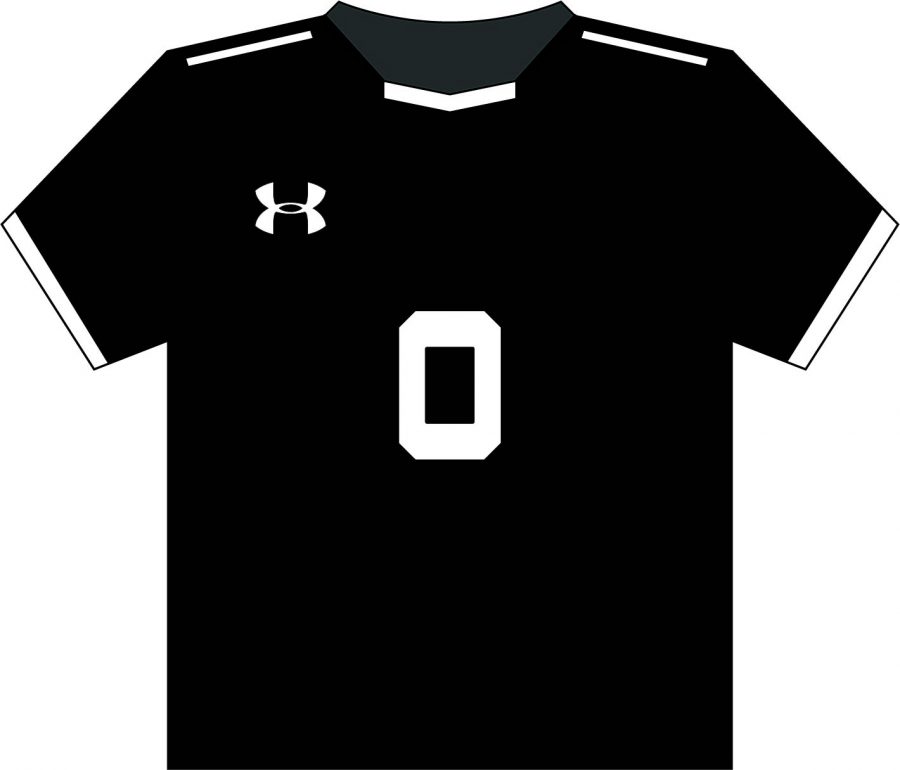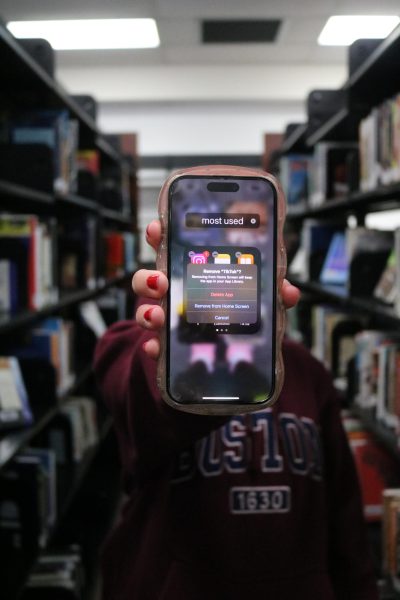IHSA proposes changes for future years
The Illinois High School Association has recently initiated several changes in football and enforced pre-existing rules regarding sports uniforms; the organization has also proposed changes including a basketball shot clock.
A major change for the 2019-20 school year for football is player limitation. According to a new IHSA rule stemming from the Sports Medicine Advisory Committee under the National Federation, football players cannot play in more than two games per week and cannot play on consecutive days; even one play counts as playing in a game. The policy stemmed from discussions amongst doctors, coaches and others to find the best course of action in preventing concussions in football on a high school level.
While the policy is intended to prevent injuries and overall benefit high school football programs statewide, there are many possible consequences football coaches and athletic directors have foreseen.
“The problem is, if a player plays one play on a Friday night, he can’t play the next day for a JV game. So, it’s really kind of handcuffed us in terms [scheduling] games for players that maybe don’t see a whole lot of time on Friday night,” stated LHS head football coach and math teacher Mr. Mike Jones.
Mr. Jones acknowledged the positive intent of the Sports Medicine Advisory Committee to prevent injuries but argued player limitation will not make any difference in keeping players safe.
“Right now, they’re saying you can’t play back-to-back days. Well, we practice Tuesday [and] Wednesday with contact back-to-back days,” he said. “Back in the day, it was full contact every day five days a week. We just don’t do that [anymore].”
In cases with a running clock, there are other anticipated difficulties.
“In an effort to not run up the score, [coaches] get guys playing time at the varsity level and make sure that [they’re] demonstrating positive sportsmanship. That may go away because [coaches] don’t want to jeopardize those kids being able to play in a full game in meaningful minutes the next day,” expressed Athletic Director Mr. John Woods. He mentioned that while the goal is to keep players safe, he predicts challenges in playing time.
Another IHSA-mandated rule, which will officially begin in the 2020-21 school year, will eliminate football conferences in favor of districts. Districts will be heavily based on geographic location and enrollment.
“We would still be a member of the North Suburban Conference for every sport except football,” clarified Mr. Woods. “The goal is to place you in 10-team districts where you are competing against schools your own size in close proximity to your school.”
Both Mr. Woods and Mr. Jones agree that the forming of districts for football will not have a significant effect on the teams themselves, considering teams are already switching conferences often based on enrollment and wanting to play different schools.
While football is the only IHSA sport with set changes in place for the upcoming school years, basketball and track and field have proposed changes that were argued against by athletic directors and coaches across the state.
Shot clocks were a possibility for boys and girls high school basketball, but the proposal for this was turned down primarily due to cost. According to Mr. Woods, the payment of the installation, someone to work the clock and maintenance was too high for the shot clock to be IHSA-mandated.
Some coaches and athletic directors, however, believe a shot clock would be beneficial to the game.
“From a Libertyville perspective, we would love to see the shot clock because we like playing an exciting brand of basketball already, and it would encourage coaches to have more options for the kids as the shot clock winds down, which adds a whole new strategic element to basketball for high school, which would be really interesting,” expressed head girls basketball coach Mr. Greg Pedersen
Mr. Pedersen acknowledged there could be drawbacks to playing with a shot clock, including a decline of strategy.
“Looking to go to the free throw line, playing strong with the ball at the end, or running an offense where you’re going to spend 30 to 60 seconds looking for a great shot. Those options might be taken away from teams and that might hurt development in some ways,” he stated.
For track and field, there was a proposed rule that would place track under the newly formed High School Interscholastic Association Commission under IHSA, which would be governed by five appointees selected by high-ranking state politicians. The proposal was turned down by immediate criticisms from the Illinois Athletic Directors Association.
According to Mr. Woods, this is not the first time an Illinois state representative has mentioned placing track and field into a new organization.
“Somebody at the state level for ISBE, the Illinois State Board of Education, gets this idea that the IHSA is a money-making machine. And the reality is their budget is on IHSA.org, and there is very little revenue generated at the IHSA; in fact, they do all they can to cover their expenses,” emphasized Mr. Woods.
In addition to possible policies initiated by the IHSA, there are nationally mandated rules about sports uniforms that affect the selection of soccer and volleyball teams’ uniforms.
This school year, the National Federation of High Schools, NFHS, mandated that for high school soccer, home teams must wear dark jerseys and socks, and away teams must wear solid white jerseys and solid white socks.
At LHS, Mr. Woods and the vendors for soccer and volleyball jerseys were diligent in ordering uniforms. He emphasized that if uniforms do not meet the strict requirement, a team can be banned from wearing them.




![Mr. Abullh Ali, manager/assistant, helps open Queen Yemeni Coffee in downtown Libertyville at 606 North Milwaukee Ave. With the help of employees such as manager and LHS senior Yousef Taha, they are able to bring the Yemeni and Ethiopian culture to Libertyville by using their Queen spices, cinnamon and cardamom in their drinks such as Adani Chai, which is inspired by Sheda, the Queen of Yemen and Ethiopia. “The history of our coffee [is] a long history and we believe that Yemen and Ethiopia started the coffee and we are bringing something unique to the community,” Mr. Ali said.](https://www.lhsdoi.com/wp-content/uploads/2025/04/Photo-1-600x400.jpg)



